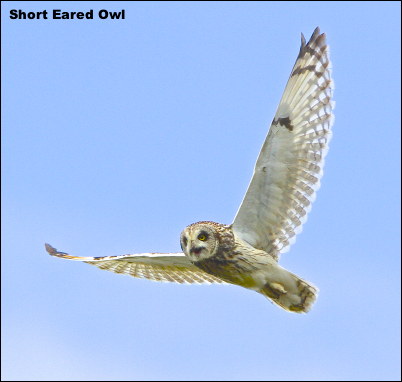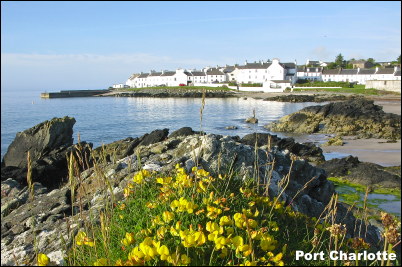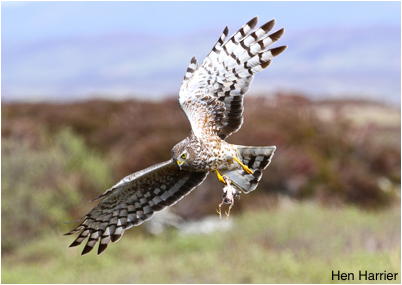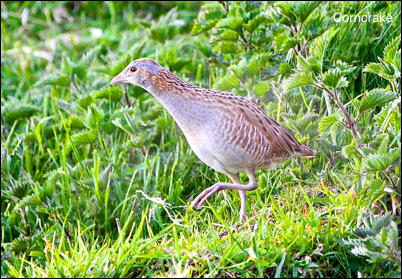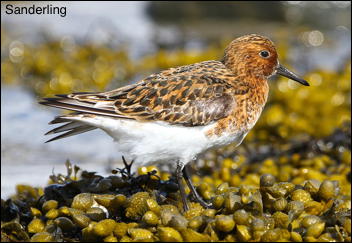Filming Satisfaction
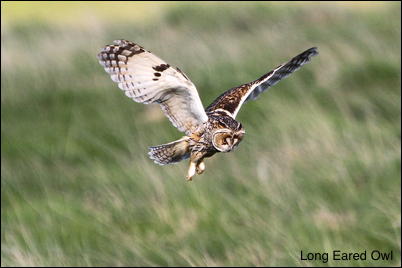
At long last after years and years sat out on the Pennine moors at dusk I finally have some acceptable photos of a male Long Eared Owl hunting. There are so many variables that come into play before success is achieved. Firstly it has to be a good year for voles so that the Owls will breed. Secondly, the weather the night before you go has to be wet and windy so the males hunting success that night was poor. As a result the young will be hungry and call for food this forcing the male Long Eared Owl to start hunting early. Thirdly it has to be a sunny evening so that you can achieve good readings on your camera (you will need 2000th of a second as a minimum). Fourthly, the wind direction has to be right as the male always hunts into the wind. Finally all these conditions usually mean that it is a pleasant evening for hill walking so disturbance from the public is always a problem. Two nights after my successful photo session I returned on another perfect evening and in two hours hidden under a camouflage cloth I never saw an Owl. I did, however, encounter five riders on horseback, five mountain bikers and twenty four walkers. All passed me by within thirty yards and never knew I was there.!! Click here


